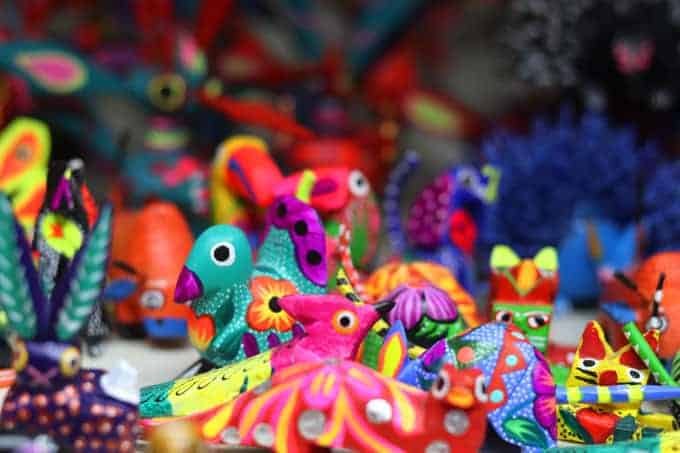
It is coming up to Easter and Passover, and Ramadan has already started. These are events steeped in tradition. I got to thinking about the relationship between tradition and creativity.
Tradition can be seen in some circles, as a sign that people do things without question, a sign of stagnation and decline. But is it always this way? Can tradition also be a support for creativity?
Women have historically been the keepers of tradition. My mother was no exception, and I have carried on her journey adding my own traditions as I have grown older. Traditions, for many, can be a source of comfort as they are a starting point. They can tell you what to do, take away the anxiety, somehow make a task seem more familiar. Just think about it, if you are in a psychologically safe space, you are more likely to have the confidence to explore.
As humans, we all need something to look forward to. As traditions often follow the seasons, there is a certain rhythm to life. There is a sense that there is something better coming up around the corner, a feeling that can be a powerful catalyst of creativity. The tradition merely provides the spark and the framework for dreaming about possibilities. With tradition at our back, we feel more confident in setting foot into the unknown.
There are many examples of using tradition as a launching platform for creativity. As we learn a craft, we get better at it.
Miranda Anderson in her podcast Creative Mornings talks about the paradox of tradition and creativity. She explains that tradition is about doing the same thing again and again – the basis for ceremonies. It is through the symbolism woven through these ceremonies that we can get to “why”, the deeper meanings of life, and to a shared identity built on this understanding.
As creativity is about making a difference, these two concepts are not incompatible. “We bridge tradition and creativity with intention”, she says. We can choose among traditions, and we can create our own based on what is meaningful to us. She goes on to say that both tradition and creativity are about joy and connection.
Michaly Csikzentmihalyi also talks about joy in the creative process. There is a flow to doing something that you are good at. Flow, according to Csizentmihalyi is when the creator starts to see the beauty in the process itself and continues just for the sheer joy of following that process. Nakamura et al., 2009 also found that flow depends on a balance between skill and challenge.
There are many examples of using tradition as a launching platform for creativity. As we learn a craft, we get better at it. It is with mastery, that we can start to try new things, to improvise. For example, jazz musicians are often highly trained musicians who can start to improvise on the fly. Master craftsmen use traditional methods as a starting point and, like any true artist, push the boundaries of their craft to create something new.
Tradition is a very important part of creativity. It is about connection and taking responsibility to interpret tradition in our own way.
As a writer, I instinctively knew to start with something I knew. If it was a lived experience or something I could see, I was able to provide a more vivid description. I haven’t really done much drawing. I recently started to try to regain my former drawing potential. There is a reason why artists use models. They start with something they know, a reference point, then they put their own interpretation on what they see and make it their own.
So, what does that have to do with tradition? Tradition is an active process. Paul Ricoeur, a French philosopher, explained that tradition is the tension between what the past has given us and what we make in the present. Creativity is about finding a way to integrate the past, the present and the needs of the future.[1] I have certainly carried on traditions, made my own traditions, and enabled my children to evolve and try out new traditions. For me, tradition is a very important part of creativity. It is about connection and taking responsibility to interpret tradition in our own way. It is about enabling others to intentionally use traditions to better their own lives. Finally, tradition can be the anchor which allows us to connect and create.
[1] https://matthewroot.ca/2022/02/15/traditioned-creativity-and-tradition/